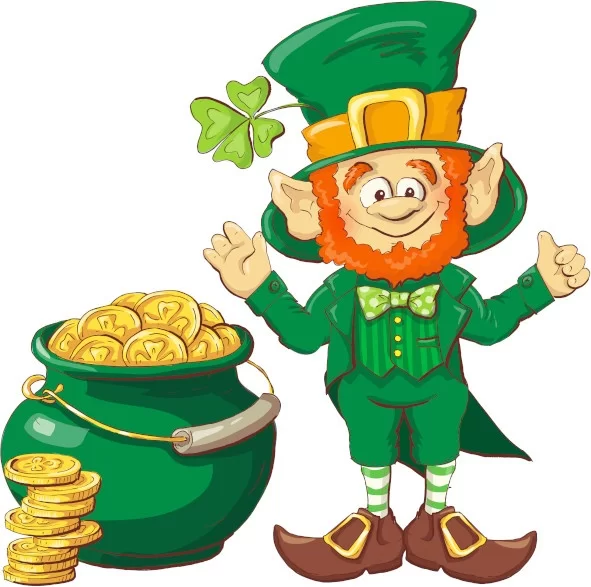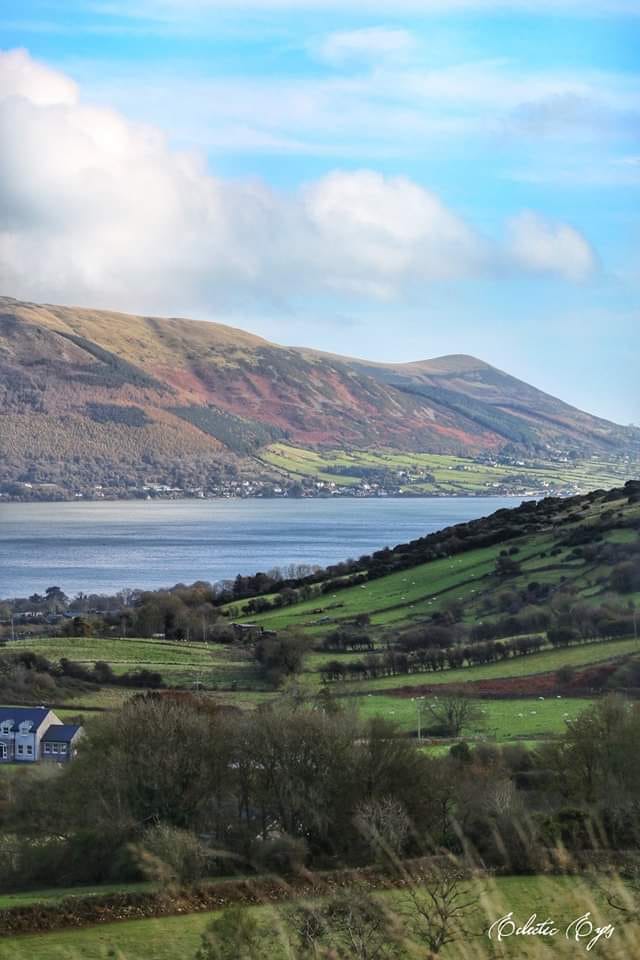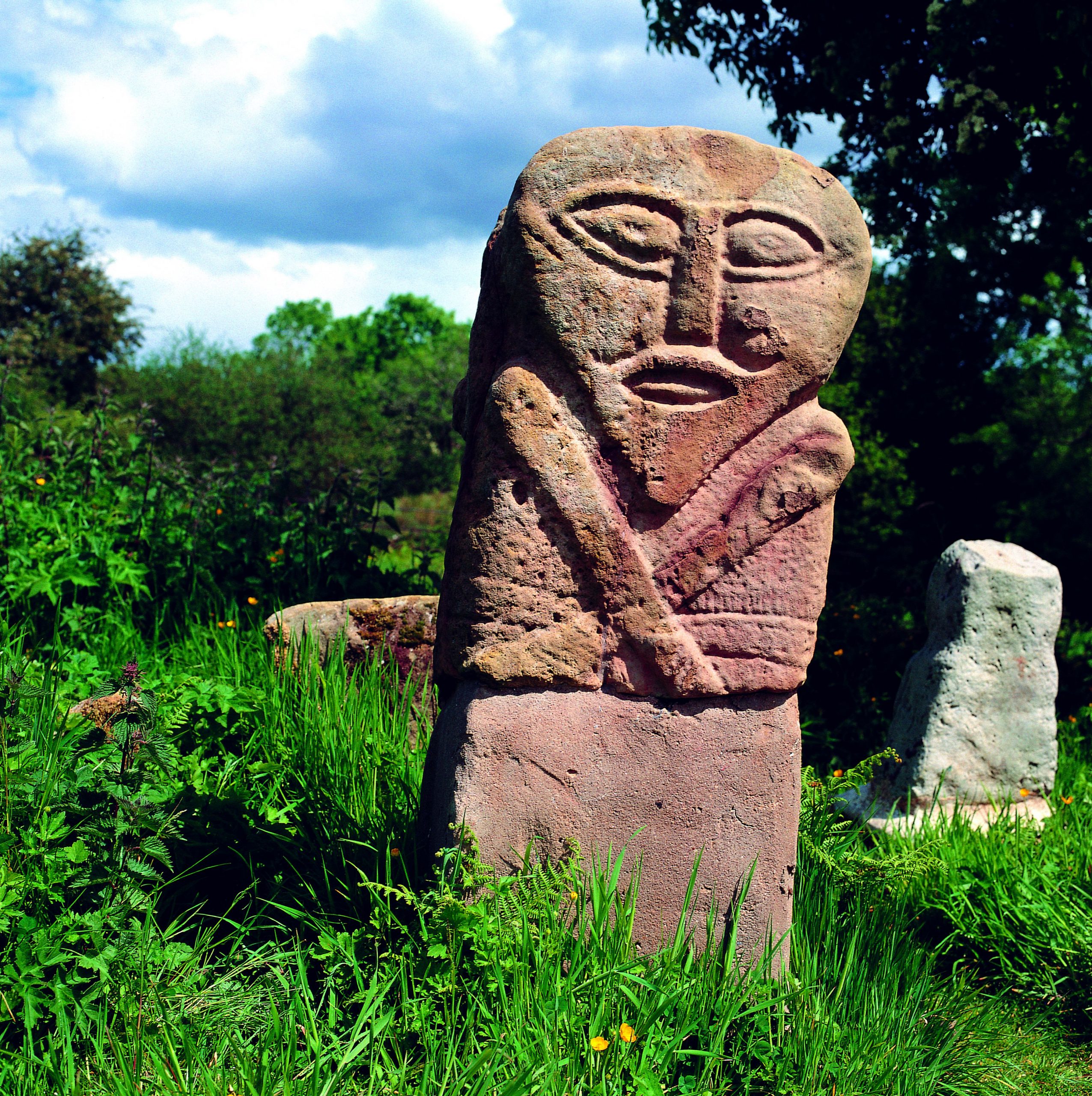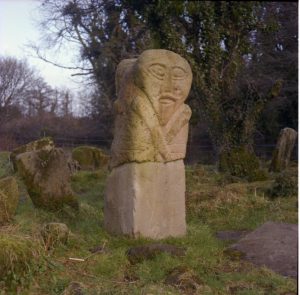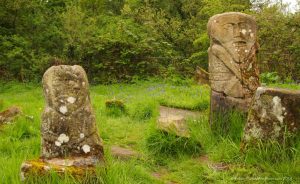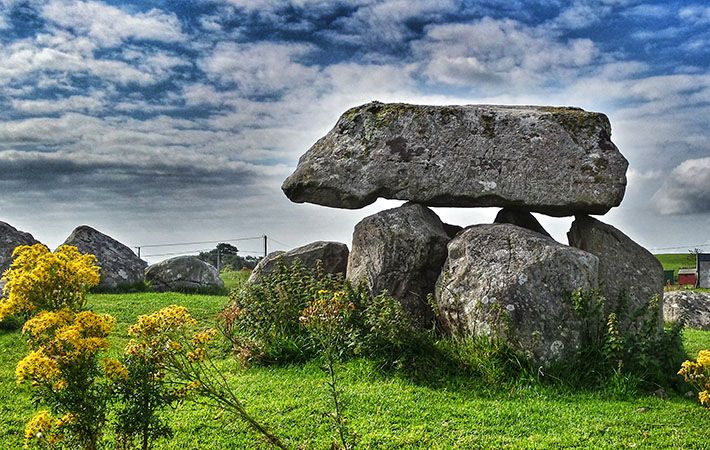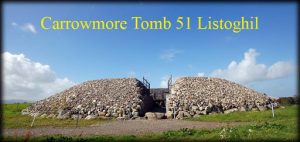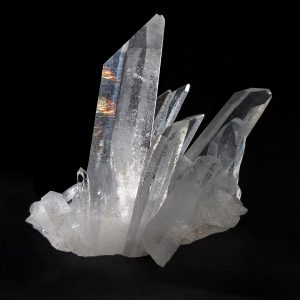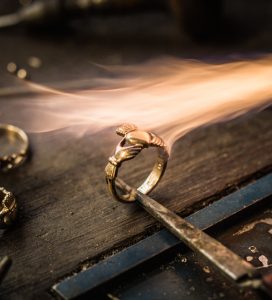
The shamrock is one of Ireland’s most enduring symbols, steeped in history and tradition. From its association with St. Patrick to its use in modern culture, the shamrock remains a potent emblem of Irish identity and heritage.
This comprehensive guide will explore its history, cultural meaning, and commonly asked questions about this fascinating plant.
The History of the Shamrock
The word “shamrock” comes from the Irish word seamróg, meaning “young clover.” While there’s no definitive botanical classification for the shamrock, it’s widely believed to be a species of clover, most often Trifolium dubium (lesser clover) or Trifolium repens (white clover).
St. Patrick and the Shamrock
The shamrock’s association with Ireland dates back to the 5th century when St. Patrick, Ireland’s patron saint, reportedly used the plant to explain the Christian concept of the Holy Trinity. The three leaves symbolized the Father, the Son, and the Holy Spirit, united as one.
Over time, the shamrock became an emblem of Ireland, symbolizing faith, Irish heritage, and national pride. Learn more about Ireland’s rich traditions and history on Secret Ireland.
The Shamrock in Irish History
During the 18th century, the shamrock gained additional significance during Ireland’s struggle for independence. It was used as a symbol of resistance and rebellion by groups like the United Irishmen. Today, it remains a cherished icon, often worn on St. Patrick’s Day or displayed in Irish cultural celebrations worldwide.
Cultural Meanings of the Shamrock
Symbol of Luck and Prosperity
Globally, the shamrock is recognized as a symbol of luck. While often conflated with the four-leaf clover, the traditional shamrock has three leaves. Its association with luck likely stems from its rarity and connection to Irish folklore.
Representation of Irish Identity
The shamrock has transcended religious symbolism to become an emblem of Irish culture. It appears in everything from corporate logos to the uniforms of Ireland’s national sports teams, symbolizing unity and pride.
The Green Connection
The shamrock’s vibrant green color also ties it to Ireland, often called the “Emerald Isle.” Its greenness represents Ireland’s lush landscapes and has contributed to its association with the color in St. Patrick’s Day celebrations.
FAQ About Shamrocks
Is a Shamrock the Same as a Clover?
Yes and no. The shamrock is a type of clover, but not all clovers are considered shamrocks. The shamrock is traditionally believed to be a species of clover with three leaves, such as Trifolium dubium or Trifolium repens. The four-leaf clover, often associated with luck, is a rare variant of clover but is not considered a shamrock in Irish tradition.
What Does the ☘ Symbol Mean?
The ☘ emoji represents the shamrock and is commonly used to signify Irish culture, St. Patrick’s Day, and good fortune. Its simplicity conveys the charm and significance of the plant as a global symbol of Ireland.
Does Shamrock Only Grow in Ireland?
No, shamrock species grow in many parts of the world. However, their cultural and historical significance is uniquely tied to Ireland. The country’s climate provides ideal conditions for clover species to thrive, which further entrenches the shamrock in Irish identity.
What Do the 3 Leaves on the Shamrock Mean?
Traditionally, the three leaves of the shamrock symbolize:
- Faith
- Hope
- Love
In Christian tradition, they also represent the Holy Trinity. This dual symbolism makes the shamrock a versatile emblem, blending spiritual and cultural meanings.
Shamrocks in Modern Culture
St. Patrick’s Day
Wearing shamrocks on St. Patrick’s Day is a centuries-old tradition. It’s believed to bring good fortune and honor Irish heritage. Shamrock imagery can be found in decorations, parades, and celebrations worldwide.
Irish Brands and Logos
Many Irish companies incorporate the shamrock into their branding, such as Aer Lingus, which features it prominently on their aircraft tails. It’s also a common motif in tourism, emphasizing Ireland’s charm and cultural richness.
Where to Learn More About Irish Culture
To truly appreciate the shamrock, delve into Ireland’s rich history, mythology, and traditions. Secret Ireland offers an in-depth look into Ireland’s cultural treasures, including its myths and symbols. For immigration stories and more, visit their Irish Immigration Category.
The Shamrock
The shamrock is more than just a plant; it’s a powerful symbol of Irish heritage, unity, and faith. From its religious roots to its modern-day use as an emblem of national pride, the shamrock continues to inspire and connect people around the world with Ireland’s rich history and culture.
Whether you’re celebrating St. Patrick’s Day or exploring your Irish ancestry, the shamrock is a reminder of the enduring legacy of Ireland. Embrace its symbolism and let it guide you in celebrating all things Irish!
Fascinating Folklore Around the Shamrock
Irish folklore has long intertwined with the humble shamrock, granting it an almost magical aura. Stories passed down through generations reveal its role as both a protective charm and a beacon of luck.
The Shamrock as a Protective Charm
In ancient Ireland, the shamrock was thought to ward off evil spirits. Druids, the spiritual leaders of Celtic society, revered the plant, believing its trifoliate structure to represent the threefold nature of life—birth, life, and death. They would carry shamrocks as amulets for protection.
Connection to Nature and Fertility
The shamrock’s perennial green color also made it a symbol of fertility and renewal. As a plant that flourishes even in less-than-ideal conditions, it embodies resilience and hope, qualities deeply rooted in Irish tradition.
How the Shamrock Became a National Icon
Adoption in the 18th Century
During the 18th century, the shamrock transitioned from being a religious and folkloric symbol to a political one. It became a badge of defiance during Ireland’s struggles for independence. Rebels would wear shamrocks to display their allegiance to Irish sovereignty, risking persecution.
Modern-Day Representations
Today, the shamrock is one of the most recognized emblems of Ireland, often featured in global celebrations like St. Patrick’s Day and in representations of Irish tourism and culture. Whether through crafts, fashion, or even tattoos, the shamrock endures as a timeless symbol of Irish pride.
The Shamrock Beyond Ireland
Global Recognition
Thanks to the Irish diaspora, the shamrock has traveled far beyond the Emerald Isle. It’s celebrated in Irish communities worldwide, especially in countries like the United States, Canada, and Australia, where St. Patrick’s Day is widely observed.
Shamrocks in Art and Design
The shamrock frequently appears in art and design, symbolizing Irish heritage. From Celtic-inspired jewelry to murals in Irish pubs, its iconic shape remains a favorite motif for expressing Irish identity.
Gardening with Shamrocks
For those looking to grow their own bit of Irish heritage, shamrocks (often in the form of clover) are a hardy addition to gardens. While not exclusive to Ireland, their presence can evoke the spirit of the Emerald Isle no matter where you are.
Why the Shamrock Matters Today
In a world where symbols often lose their original meanings, the shamrock retains its depth and significance. It continues to unite people of Irish descent, spark curiosity about Irish history, and serve as a bridge between Ireland’s past and present.
As you explore the symbolism of the shamrock, consider delving deeper into Ireland’s myths, folklore, and heritage through resources like Secret Ireland. Discover stories, historical insights, and tips to connect more closely with the Irish spirit.
Takeaway
Whether you’re tracing your Irish roots, preparing for St. Patrick’s Day, or simply appreciating the rich symbolism of the shamrock, this emblem of Ireland offers a glimpse into a culture defined by resilience, unity, and faith. Let the shamrock inspire you to embrace these values and keep the legacy of Irish heritage alive!
Using the Shamrock in Celebrations and Everyday Life
The shamrock’s appeal is timeless, making it a versatile symbol in various aspects of modern life. Whether as part of festive décor or an emblem of heritage, its presence is both meaningful and iconic.
St. Patrick’s Day Festivities
The shamrock is indispensable during St. Patrick’s Day celebrations, where its bright green imagery adorns everything from parade floats to storefronts. Here are some popular ways to incorporate the shamrock into the festivities:
- Wear it proudly: Pin a shamrock emblem to your clothing or accessorize with shamrock-themed jewelry.
- Decorate your space: Use shamrock-shaped lights, garlands, and tableware to bring the spirit of Ireland to your celebrations.
- Cook with the theme: Try making shamrock-shaped cookies or incorporating the motif into your desserts.
Irish-Themed Weddings and Events
For those hosting Irish-themed weddings or events, the shamrock is a meaningful addition. It symbolizes love, hope, and faith, making it a fitting element for wedding décor, invitations, and favors.
Crafts and DIY Projects
Shamrocks are a popular motif for craft enthusiasts. From handmade greeting cards to embroidery and painting projects, they are a simple yet beautiful way to express Irish pride and creativity.
Shamrocks in the Natural World
The shamrock is more than just a cultural icon; it’s also a resilient and adaptable plant. Here’s what you should know if you’re interested in growing or spotting shamrocks:
Where to Find Shamrocks
While traditionally linked to Ireland, species associated with the shamrock can thrive in many climates. Some common places to find shamrocks include:
- Irish meadows and gardens: Especially in spring when clover species flourish.
- Potted houseplants: Many varieties of clover or wood sorrel (sometimes mistaken for shamrocks) are sold as ornamental plants.
- Wild landscapes: Look for their signature three-leaf pattern in grassy areas or meadows.
Growing Shamrocks at Home
If you want to cultivate your own shamrocks:
- Choose a species like Oxalis triangularis (often called the purple shamrock) or traditional clover varieties.
- Ensure they’re planted in well-drained soil with plenty of sunlight.
- Water regularly but avoid overwatering, as this can harm their roots.
Deepening Your Connection to Irish Heritage
The shamrock is just one of many symbols that encapsulate the richness of Irish heritage. Exploring its cultural context can provide a deeper appreciation for Ireland’s history, folklore, and traditions.
Visit Secret Ireland to learn more about Irish symbols, history, and the country’s fascinating myths. You can also explore their Irish Immigration Category for insights into the journeys of Irish emigrants and their lasting global impact.
Final Reflections on the Shamrock
The shamrock has evolved from a simple plant into a powerful emblem of faith, luck, and Irish pride. Its enduring popularity speaks to the deep connection people feel to its symbolism and the culture it represents. Whether displayed in a garden, worn on a lapel, or celebrated in stories, the shamrock’s charm continues to unite and inspire people around the world.
As you incorporate the shamrock into your life, remember the rich history and significance behind its three leaves. Let it remind you of the beauty of Irish culture, the resilience of its people, and the universal values of hope, love, and faith.


